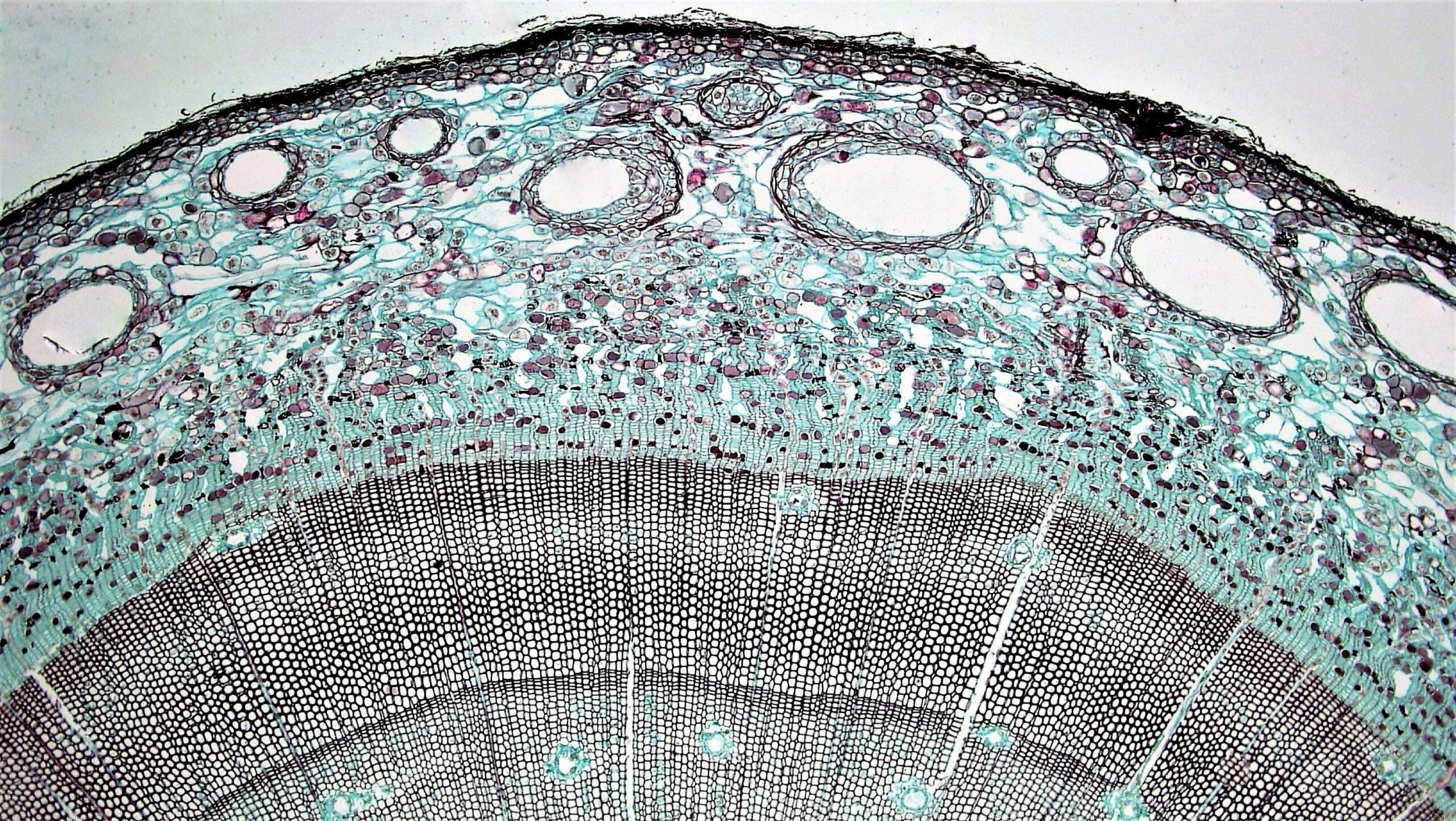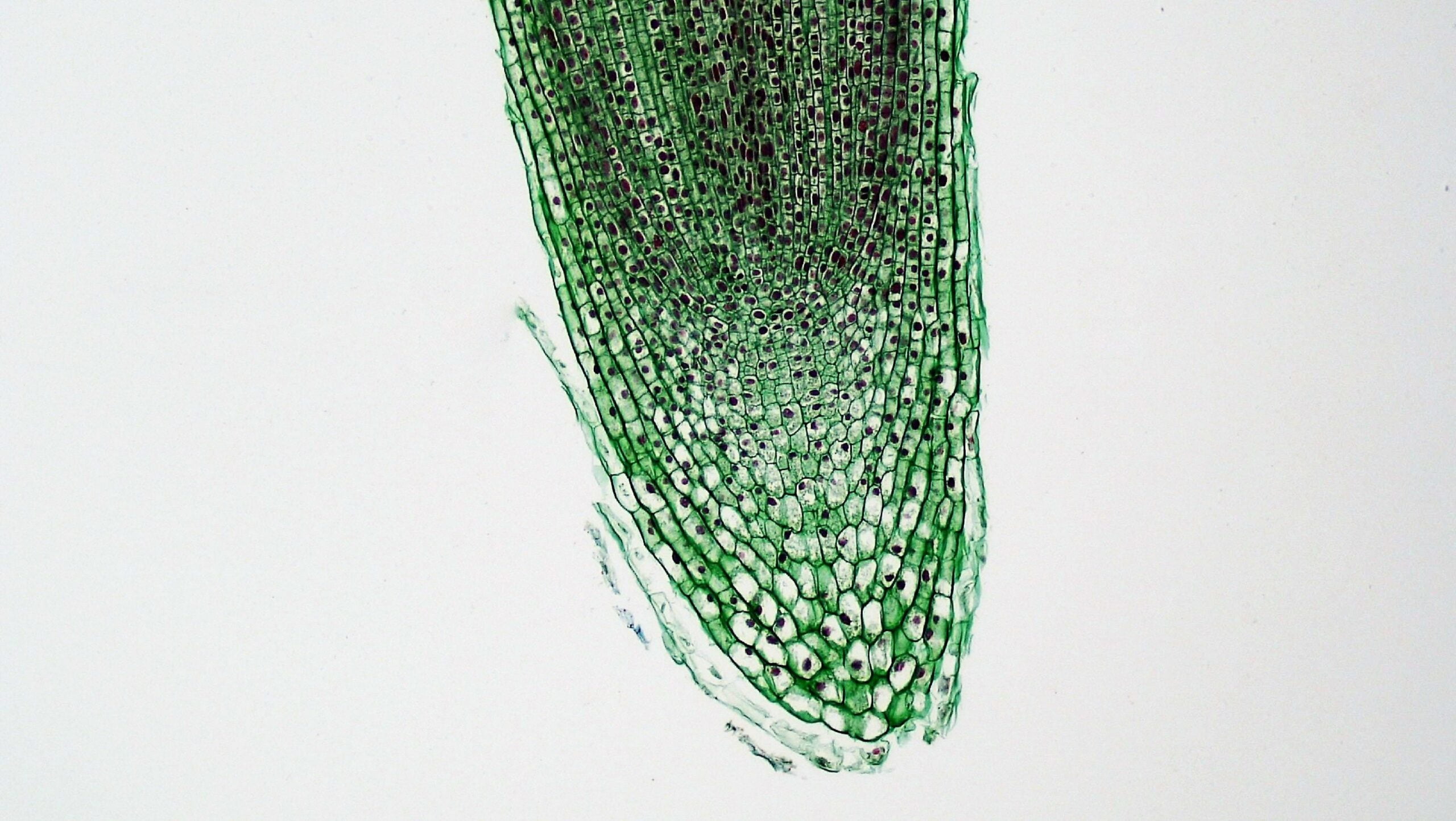Step into a world beyond the realm of naked eyes, where wonders unfold at a minuscule scale. In the depths of microscopic dimensions lies a plethora of beauty and intricacy, waiting to be discovered. This article delves into the breathtaking realm of microscopy, where cutting-edge imaging technologies unravel nature’s hidden marvels. Led by a profound understanding of molecular biology and an extensive background in biological research, our accomplished science writer guides you on a journey through the microscopic world, bridging the gap between complexity and accessibility. Prepare to witness the awe-inspiring wonders that lie beneath the surface as we embark on an exploration of the intricate and fascinating world of microscopic marvels.

[Intricate World of Microscopy: Unveiling Nature’s Hidden Marvels]
Microscopy is like stepping into another dimension, a world so intricate and awe-inspiring that it can captivate the imagination of scientists and nonscientists alike. It allows us to peer into the tiniest details of nature, revealing hidden marvels that are invisible to the naked eye. In this article, we will embark on a journey to explore the intricate world of microscopy, delving into the techniques, applications, and wonders it offers.
Light sheet fluorescence microscopy (LSFM) is a remarkable technique that brings the microscopic universe to life. Unlike traditional microscopy methods, LSFM illuminates a thin slice of a fluorescent sample and observes the emitted light perpendicularly. This approach enables us to visualize intricate details within biological samples, such as the delicate structures of cells or the intricate connections of neural networks. Through LSFM, nature reveals its hidden beauty with unparalleled clarity.
But LSFM is just one of the many techniques within the vast realm of microscopy that allow us to uncover nature’s mysteries. Optical microscopes, the most commonly known microscopes, use visible light to pass through a specimen and create a magnified image. They are our window to the fascinating world of microscopic organisms, intricate cellular structures, and delicate biological processes.
Beyond optical microscopes, the world of electron microscopes opens up new dimensions of exploration. These powerful instruments use beams of electrons instead of light. With their astonishing magnifying capabilities, electron microscopes allow us to observe structures with exceptional detail, unveiling the intricate world that lies beneath the surface.
Imagine being able to see atoms and molecules with your own eyes. With scanning probe microscopes, this tantalizing dream is a reality. These microscopes use a tiny probe that scans the surface of a sample, detecting forces or currents to create a high-resolution image. They enable us to dive into the intricacies of molecular structures and explore the realm of nanotechnology.
No discussion on microscopy is complete without acknowledging its significance in medical microbiology. Microscopy techniques, combined with advanced technologies, play a critical role in understanding and studying microscopic organisms that cause diseases. They help diagnose infections, identify pathogens, and guide appropriate treatment strategies. By peering into the intricate world of microbes, we can unravel the mysteries of infectious diseases and improve patient care.
Microscopy extends its reach beyond biology and medicine, embracing numerous other scientific disciplines. In forensic science, it plays a vital role in analyzing trace evidence, identifying suspects, and reconstructing crime scenes. By magnifying minute details, microscopes become detectives, revealing hidden clues that could turn the tide in solving crimes.
Surgical microscopes bring the intricate microscopic world into the operating room. Equipped with high magnification and long working distances, these specialized microscopes enable surgeons to perform intricate procedures with precision. They provide a clear view of delicate structures, allowing surgeons to navigate their way through surgery and bring healing to the microscopic level.
The quality and capabilities of microscopes are continually evolving, thanks to technology and innovation. Artificial intelligence has become a powerful ally, enhancing the imaging and analysis abilities of microscopes. By employing advanced algorithms and machine learning, AI can help uncover hidden patterns, identify abnormalities, and improve diagnostic accuracy. The intricate art of microscopy becomes even more profound with the assistance of AI, amplifying our ability to understand and explore the microscopic world.
To truly appreciate the intricate world of microscopy, we need to recognize its ability to magnify images thousands of times. Every time we look through a microscope, we are transported into an enchanting realm where nature’s hidden marvels are revealed in extraordinary detail. It is in this hidden world that we find intricate structures, delicate mechanisms, and microscopic wonders that nurture our curiosity and deepen our understanding of life itself.
With each step deeper into the microscopic realm, we are reminded of the vastness of our universe and the intricacy of its every component. Photography may capture a single moment, but microscopy unveils the incredible tapestry that is continuously evolving before our eyes. By exploring the intricate world of microscopy, we become witnesses to the boundless wonders hidden within the tiniest corners of nature.
“Through the lens of a microscope, the curtain of the invisible is drawn, and a hidden world of captivating intricacy is unveiled.”
Table: Types of Microscopes
| Type | Description |
|---|---|
| Optical Microscopes | Use visible light to magnify specimens and allow observation of intricate cellular and biological structures. |
| Electron Microscopes | Utilize beams of electrons for exceptional magnification and imaging of structures at the atomic and molecular level. |
| Scanning Probe Microscopes | Investigate surface properties and structures at the nanoscale level using a tiny probe that scans the sample. |
| Surgical Microscopes | Specifically designed for precision surgical procedures, providing surgeons with a clear view of delicate structures. |
In conclusion, the intricate world of microscopy offers us a gateway to uncovering nature’s hidden marvels. From the delicate structures within our cells to the mysteries of the nanoscale world, microscopy expands our horizons and enriches our understanding of the intricate tapestry that makes up our universe. Through the lens of a microscope, we become explorers, unveiling the astonishing beauty and complexity that lie beyond our naked eye. So let us embark on this journey together and continue to marvel at the remarkable intricacies of the microscopic world.
As we delve into the fascinating world of microscopy, let’s uncover a fun fact about the microscope. Did you know that the first microscope was invented way back in the late 16th century? It’s true! This incredible instrument opened up a whole new realm of exploration, allowing scientists to peer into the microscopic intricacies of the world around us. If you’re curious to learn more about the intriguing history and development of the microscope, click here for a fun fact about the microscope: fun fact about the microscope.
FAQ
What is light sheet fluorescence microscopy (LSFM)?
LSFM is a technique that illuminates a thin slice of a fluorescent sample and observes the emission from this plane perpendicularly. It allows for the visualization of intricate details within biological samples.
How do light microscopes work?
Light microscopes use visible light to pass through a specimen and create a magnified image. They can reveal details that are not visible to the naked eye.
What are the different types of microscopes?
There are different types of microscopes, including optical microscopes, electron microscopes, and scanning probe microscopes. Each type has its own unique capabilities and applications.
How can artificial intelligence enhance microscopy?
Artificial intelligence can enhance the capabilities of microscopes, leading to better imaging and analysis. It can automate image processing, improve image quality, and enable new imaging modalities.
What are the applications of microscopy?
Microscopy has applications in various fields, including biological research, medical diagnostics, forensics, and materials science. It helps scientists and researchers explore the intricate details of the microscopic world and uncover hidden marvels.
















